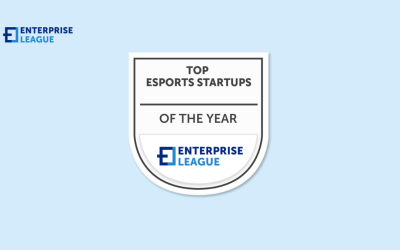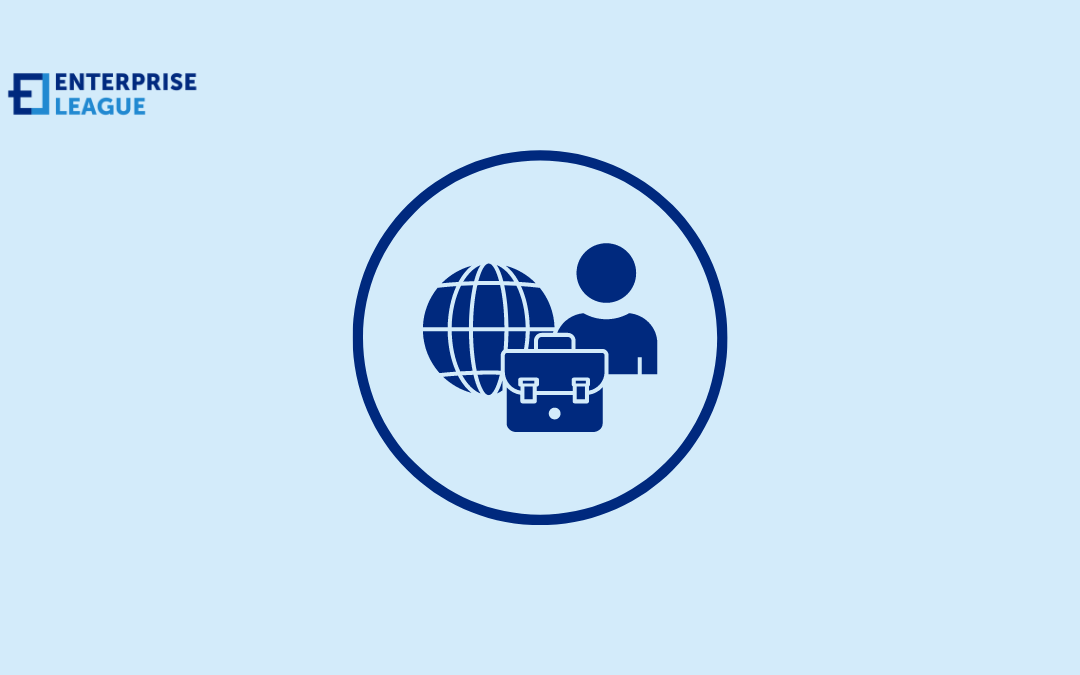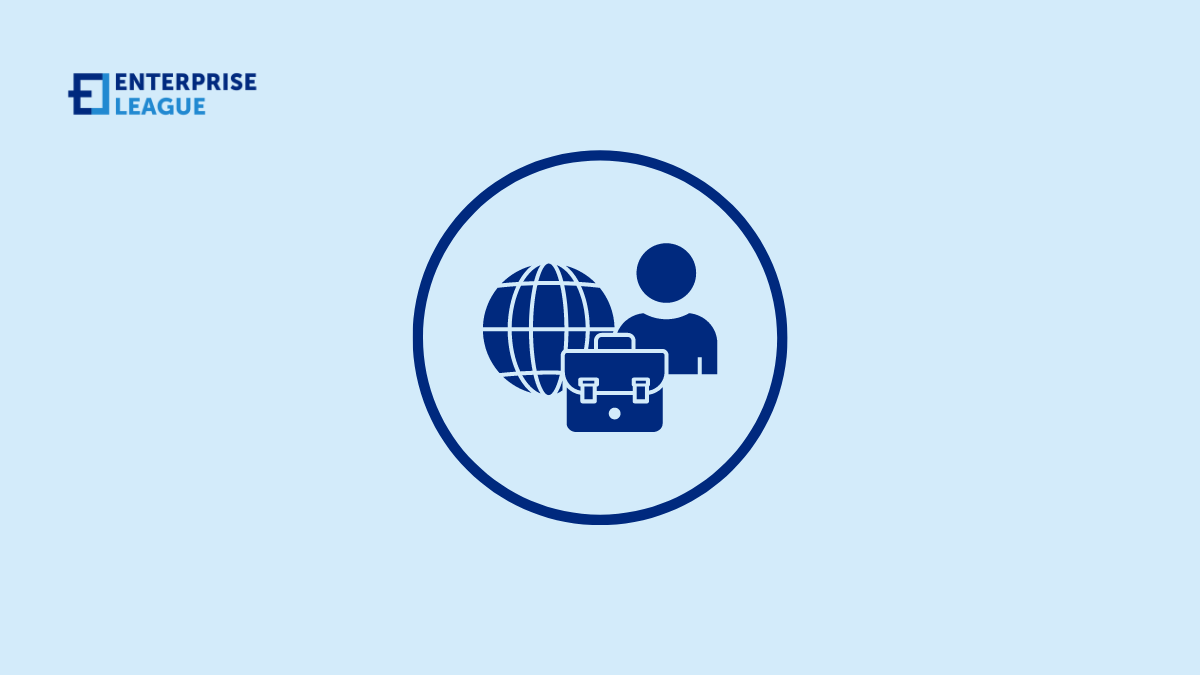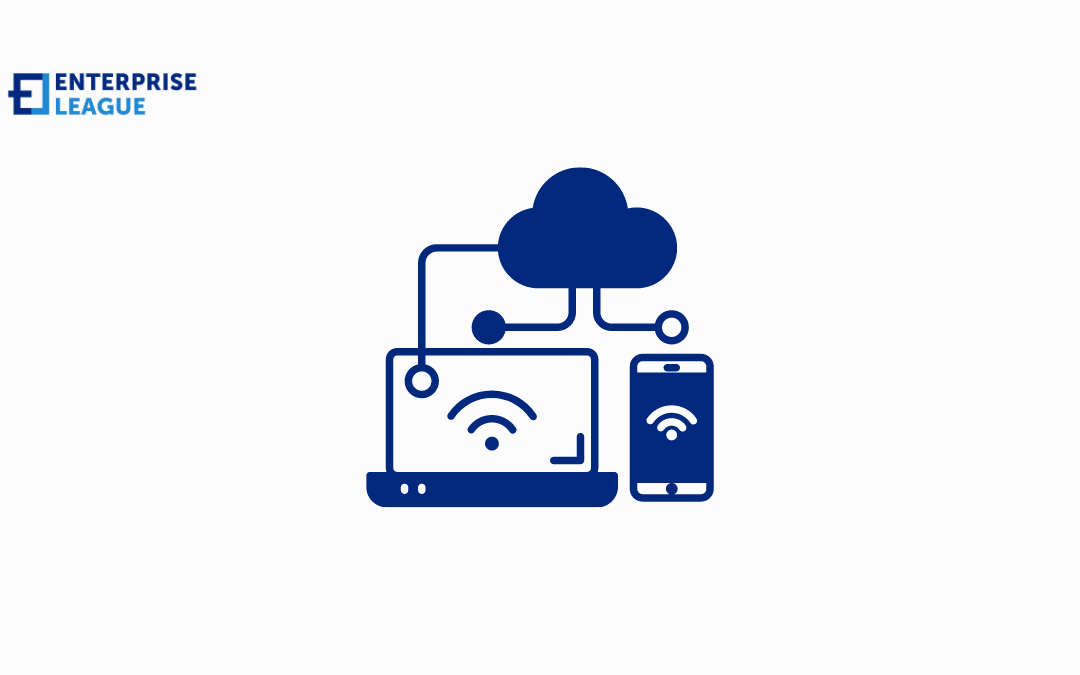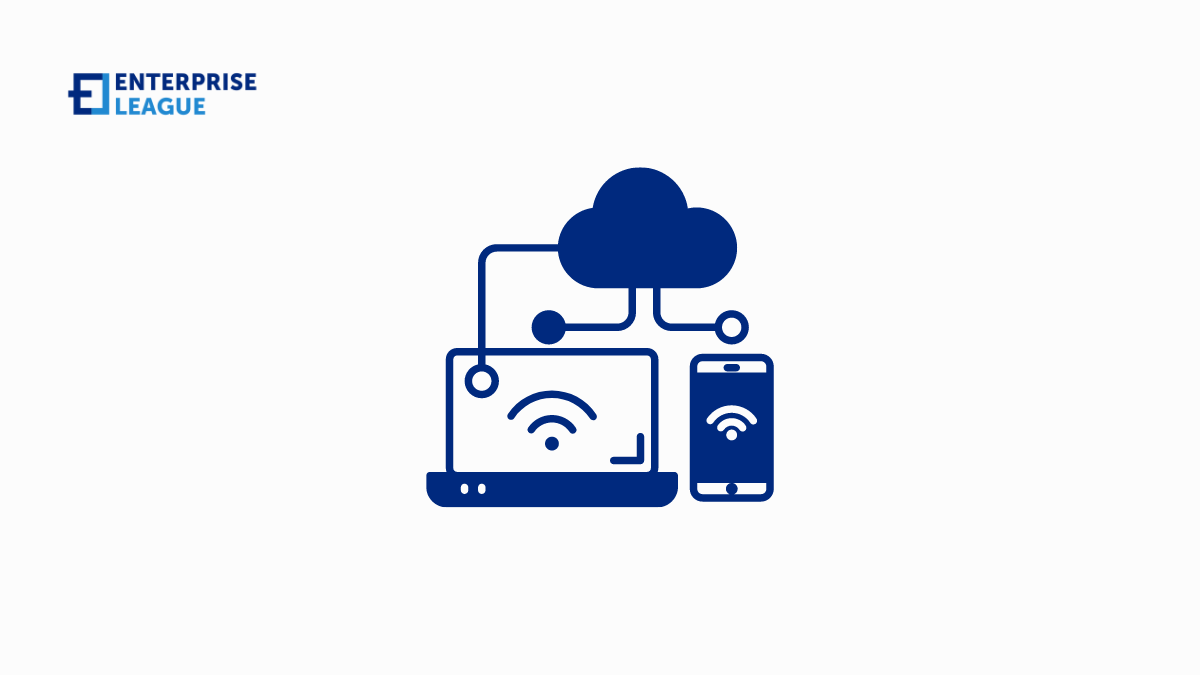These 27 amazing teamwork business quotes will inspire and motivate your team to achieve great things and transform the workplace into a thriving community.

Email marketing: The ultimate guide in 2024
Does email marketing come to mind when you think of the best-performing marketing channel?
Well, you would be right – because email marketing typically has a significantly higher ROI than many other marketing channels (like social media or SEO) because it allows you to have a direct line to your customers. Furthermore, email marketing revenue is expected to reach $12.88 billion in 2024, according to Statista.
Common email-based marketing messages include email newsletters, promotional campaigns, and event announcements. While there is no shortage of messages that consumers are bombarded with across various channels, email marketing remains a powerful tool for businesses to connect and engage with their audience.
Getting started with email marketing
If you are looking to add email marketing to your digital marketing strategy, first state the goal you want to achieve and define a roadmap.
This starts with understanding your audience. Develop buyer personas to define your ideal customer, their needs, and their preferred communication style. Segmentation strategies will then allow you to tailor your emails to specific groups within your audience.
Next, set SMART goals to give your campaign direction. These goals should be:
1. Specific – exactly what do you want to achieve?
2. Measurable – how will you track progress?
3. Achievable – considering resources and timeframes
4. Relevant – aligned with your overall marketing strategy
5. Time-bound – with a clear deadline for achievement
By clearly defining your audience and setting SMART goals, you’ll ensure your email marketing efforts resonate with the right people and deliver the results you desire. It might seem time consuming at start but clearly defining your ICP will save you a lot of time down the road and only improve your conversion rates.
Building your email list
We all know the frustration of a spammy inbox, so building a permission-based list with engaged subscribers is the only way to ensure that your emails are welcomed.
Here are some ways to build your email list organically:
1. Craft irresistible lead magnets, like exclusive content or discounts,
2. Strategically placed website pop-ups (don’t be that annoying pop-up, though!)
3. Hosting free webinars or mini-courses with subject matter experts
4. Providing free trials or product demos can entice visitors to share their email addresses
5. Run contests and giveaways that require an email subscription to enter
6. Collaborative campaigns with influencers or complementary brands can help you reach new audiences and share email lists.
Feel free to use some of this, but be creative and figure out how your offering can be a lead magnet for emails – and test multiple ways. What works for B2C , won’t necessarily work for B2B products, so know your product, know your audience, and the email subscriptions will flow.
However, it’s not just about building your email list, maintaining a clean list is just as important. Regularly remove inactive subscribers to keep your bounce rates low and sender reputation sparkling. Don’t be afraid to nudge inactive subscribers with a friendly “win them back” campaign, but if they remain unresponsive, it’s time to say goodbye. A healthy list is a happy list, and that translates to happy campaign results for you and ideally – more profit.
Writing compelling email content
The art of crafting compelling email content goes beyond simply filling in a template. It’s about understanding your audience, creating a clear value proposition, and presenting it in a way that resonates. Let’s break it down step by step:
Hook them with a unique subject line
Think of your subject line as the headline of a newspaper article. It needs to be clear, concise, and intriguing enough to grab attention in a crowded inbox. Strong subject lines directly impact open rates, so invest time in crafting compelling lines that entice recipients to click “Open.” Keep it short and sweet, avoid misleading language, and personalize it whenever possible.
Master copywriting
Once you’ve got them to open the email, the real magic happens in the copy itself. Here, the key is to ditch the sales jargon and focus on the benefits you offer. Write in a conversational tone that speaks directly to your audience’s needs and desires.
Instead of just listing features, tell a story about how your product or service can solve their problems or improve their lives. Weaving in storytelling elements and emotional triggers can further connect with your readers on a deeper level. Remember, your ultimate goal is to create a conversation, not just a sales pitch ( but don’t forget to sell yourself either)
Mobile friendly
A cluttered or text-heavy email can be a nightmare to navigate on a small screen especially if you are a B2C or e-Commerce company. Embrace clean layouts, use large fonts, and ensure your call-to-action buttons are easy to tap and customers can find what they are looking for immediately.
Depending on your ICP, visuals like images and GIFs can also enhance user experience and break up text-heavy content, making your email more visually appealing and engaging.
3 advanced email marketing tips
Once you’ve mastered the basics, it’s time to explore the advanced techniques to ensure that the emails you send get open. Here are some things to consider:
Email segmentation
Segmentation allows you to break down your audience into smaller groups with shared interests or behaviors. This way, you can craft targeted emails that resonate more deeply.
AI email marketing tools now take it a step further with hyper-personalization. Make the most out of customer data like purchase history or website visits to tailor emails with specific product recommendations or offers. The more relevant your message, the more likely it is to convert.
Email automation workflows
Automation is your friend in email marketing and AI is making email marketing automation easier than ever. Automated email sequences, like welcome series for new subscribers or abandoned cart recovery messages, can nurture leads and drive sales on autopilot.
Moreover, set up triggers based on specific subscriber actions, such as signing up or leaving an item in their cart. These automated emails keep your brand top-of-mind and provide timely nudges to encourage the desired action.
A/B testing and optimization
The best way to ensure your email campaigns are performing optimally is through A/B testing. This involves testing different versions of email elements, like subject lines, call-to-action buttons, or even entire design layouts, against each other. By analyzing the results, you can see which version resonates best with your audience and continuously refine your email strategy for maximum impact. Remember, email marketing is a journey, not a destination. Embrace experimentation and data-driven decision-making to keep your campaigns fresh and effective.
Tracking your email marketing
- Open rates tell you how many people opened your emails
- Click-through rates (CTRs) indicate how many recipients clicked on your links
- Conversion rates measure how many clicks are translated into actual sales or desired actions
- List growth rate shows how your subscriber base is expanding. By understanding what each metric tells you, you can identify areas for improvement
Most email marketing platforms offer their own analytics tools that track these metrics and provide insightful reports. Furthermore, most email marketing tools offer extensive support to their customers, so if you ever get scared of the data, free to reach out to their support or help desk for help.
Conclusion
Email marketing, when done right, remains one of the most successful marketing channels, both for B2B and B2C markets. Always start with your ICP in mind and take your time to write compelling content that will make your subscribers open the email.
Don’t be afraid to test different options, but make sure any decisions are based on sound data. Moreover, make use of AI and all the AI marketing automation tools that are available to speed up the process of your email marketing campaigns.
Realize that it is a marathon when it comes to email marketing, and after some time you will enjoy the results of your dedication, while many will proclaim “email marketing is dead”.
More must-read stories from Enterprise League:
- What it takes to start a wholesale business from scratch?
- The only list of novels for entrepreneurs that you will ever need.
- Find out how to turn your hobby into a business.
- Find out everything you need to know about the 10 Ds of entrepreneurship.
- Are you aware of the negative effects that social media has on the workspace?
Related Articles
27 teamwork business quotes to brighten your day
5 Shopify SEO mistakes to avoid and how to resolve them
Let’s look at the common mistakes that might be holding your store back and how to fix them, so you can get more eyes on your products and make more sales.
29 quotes about change in business to inspire you (2025)
When you are dealing with challenge of accepting change , we’ve decided to share 29 quotes about change in business to reflect on in those difficult times.
Motorcycle vs car claims: Essential business differences
Understand the crucial differences between motorcycle and car accident claims, from insurance coverage to legal challenges, and
23 best esports startups that are taking the gaming world by storm (2025)
Let’s take a look at these 23 best esports startups that are pushing boundaries and shaping the future of interactive entertainment.






